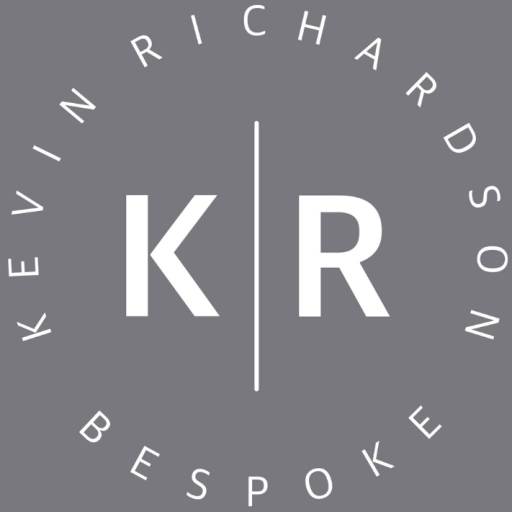In the world of home design, achieving the perfect balance between functionality and aesthetics is a constant goal. One of the most crucial elements to achieving this balance is creating flow in the home. Flow refers to the natural, intuitive movement throughout your living space, ensuring that each area connects effortlessly with the next. When your home has a good flow, it feels open, inviting, and easy to navigate.
Whether you’re designing a new home or renovating an existing space, focusing on creating flow in the home can enhance not only the look and feel of your space but also its practicality. In this blog, we’ll explore key areas to focus on, including entranceways, unobstructed storage solutions like under-stairs storage, and media walls that cater to the entire family. Let’s dive into how you can create a harmonious living environment that seamlessly blends form and function.
The Importance of an Inviting Entranceway
The entranceway is the first impression guests will have of your home, and it plays a critical role in creating flow in the home. An entranceway that is well-designed not only welcomes you and your visitors but also sets the tone for the rest of the house.
To create flow in the home starting with the entrance, consider the following:
- Clear Pathways: Ensure that the entranceway is free of clutter and obstructions. A clear path from the door to the interior spaces is essential for a smooth transition into the home. You can achieve this by incorporating built-in storage solutions, such as a sleek coat closet or a bench with hidden compartments, which keep shoes, bags, and other daily essentials out of sight but easily accessible.
- Lighting: Proper lighting is essential in an entranceway. Natural light is ideal, so if possible, incorporate windows or a glass-panelled door. If natural light is limited, strategically placed light fixtures can create a warm, inviting atmosphere. Lighting can guide guests from the entrance into the main living areas, subtly encouraging movement and flow.
- Design Continuity: The materials and colours used in the entranceway should hint at the design theme of the rest of the home. This continuity helps to create flow in the home, ensuring that each area feels connected to the others.
Unobstructed Storage Solutions
A well-designed home maximizes storage without compromising flow. One of the best ways to achieve this is by integrating unobstructed storage solutions cleverly into your home’s design. Under-stairs storage, for example, is an often-overlooked area that can provide valuable storage space without disrupting the flow of your living areas.
Here’s how unobstructed storage contributes to creating flow in the home:
- Maximizing Space: Under-stairs storage is an excellent way to utilize otherwise wasted space. Whether you need a place to store seasonal items, books, or even create a mini home office. You can customize these small spaces to fit your needs. By integrating storage into typically underused areas, you free up other parts of the home, contributing to a more open, flowing layout.
- Keeping It Clutter-Free: Clutter is one of the biggest obstacles to creating flow in the home. When items are scattered around, it disrupts the natural movement through the space. Unobstructed storage solutions help keep everything organized and out of sight, ensuring that the flow remains uninterrupted. Tailor built-in shelves, drawers, and cabinets to fit the exact dimensions of your space, providing practical storage without encroaching on your living areas.
- Seamless Integration: Storage solutions should blend with the overall design of the home. For example, cabinetry under the stairs can be finished with the same materials and colours as other furniture and fixtures in the house. This seamless integration is key to maintaining the flow, as it avoids the visual disruption that can occur with mismatched or overly conspicuous storage units.
Media Walls for Family Entertainment
Another important aspect of creating flow in the home is designing spaces that cater to the needs and lifestyles of those who live there. For many families, the living room is the heart of the home, where everyone gathers to relax, watch TV, or play games. A well-designed media wall can enhance this space, making it both functional and stylish.
Here’s how a media wall can help in creating flow in the home:
- Centralizing Entertainment: A media wall serves as a focal point in the living room, centralising all entertainment options in one place. By integrating the TV, sound system, gaming consoles, and storage for media into a single unit, you eliminate the need for multiple pieces of furniture, which can clutter the space and disrupt flow.
- Custom Design: Media walls can be customized to suit the specific needs of your family. For example, you might include open shelving for displaying decorative items, closed cabinets for storing games and controllers or even a built-in fireplace for added ambience. This level of customisation ensures that the media wall complements the flow of your home, rather than competing with it.
- Minimizing Visual Clutter: One of the key principles of creating flow in the home is minimizing visual clutter. A media wall can incorporate cable management systems and hidden compartments to keep wires and electronic devices out of sight. This not only improves the aesthetics of the room but also enhances the overall sense of order and tranquillity, contributing to a smoother flow throughout the space.
Bringing It All Together
Creating flow in the home is about more than just aesthetics; it’s about designing a space that works for your lifestyle. By focusing on key areas like the entranceway, unobstructed storage solutions, and media walls, you can create a home that is both beautiful and functional. These elements work together to ensure that each space feels connected, open, and easy to navigate. This helps in making your home a place where everyone feels comfortable and at ease.
As you plan your home design or renovation, remember that creating flow in the home is an ongoing process. It requires thoughtful consideration of how each element interacts with the others and how your family will use the space on a daily basis. With careful planning and attention to detail, you can create a home that not only looks stunning but also flows effortlessly from one room to the next.


